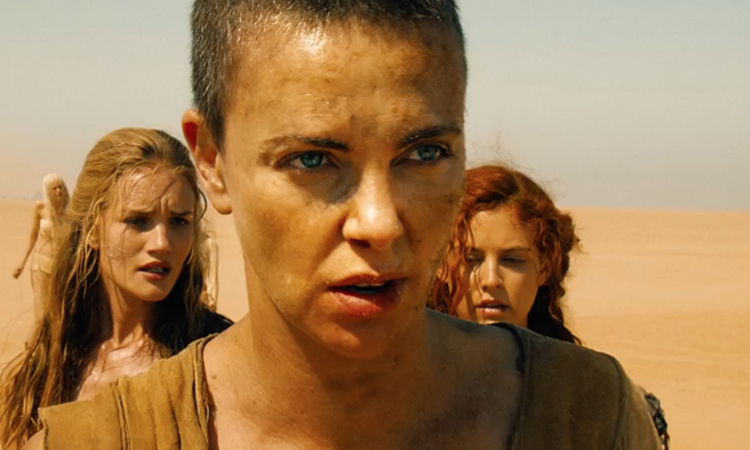
Let’s get this out of the way first: Mad Max: Fury Road is not a perfect film. Wedded to the idea that violence can bring order out of chaos, it does not finally transcend the self-destructive way we think about how to resolve conflict. But, oh my goodness, it comes closer than most action films ever get to saying something meaningful about the world. Fury Road marks the hugely exciting return of Australian director George Miller, who originated the Mad Max series, to live-action filmmaking after a gap of seventeen years. Miller was a medical doctor who turned to cinema and created the iconic character of Max Rockatansky, a lone warrior traversing the devastated landscape that lies in the wake of human selfishness. Played by Mel Gibson in the first three movies, with the baton now passed to Tom Hardy, Max is a mystic with a very unresolved shadow side—which means he keeps his head down most of the time, until he runs into an evil dictator (or Tina Turner). Then all hell breaks loose. The earlier Mad Max films are famous for their heart-stopping vehicle crashes, characters who look like they haven’t washed in several years, and the assertion that no matter what else may be lost, hope survives. (One of their strongest appeals is that when people die in Mad Max films, it’s not played for laughs: the audience is supposed to feel it. Appropriately, films made by a doctor know how to inspire empathy.)
Fury Road is so kinetically satisfying because of Miller’s brilliant eye for fluid motion, ability to find detail amid epic set-pieces, and enthusiasm for thrilling action that could be called crazed if it wasn’t so obviously disciplined. But what makes this film so surprising is that it upends traditional expectations of action movie plots. Usually the people in peril are saved only when a moody guy with either problems (like Officer John McClane’s marital struggles in the first Die Hard) or idiosyncrasies (like Indiana Jones’s none-too-typical career path of part-time archaeologist/part-time world’s most adventurous university professor) arrives to—at best—show everyone how to work together, or—at worst—fix their dilemma without any input from those who are actually suffering. When women appear in action movies, they are traditionally eye candy, love interests, torture victims, wisecrackers, or—as in the case of the more recent Die Hard films, and James Bond films for the last fifty years—scapegoats for the ostensible hero’s brutality.
Mad Max: Fury Road will have none of this. Women are front and center, with the focus on Charlize Theron’s Furiosa, who leads a daring mission to rescue a handful of sex slaves, each of whom has a genuinely sketched character arc. Max doesn’t say much for the first half hour, and Furiosa makes most of the decisions. She does so from the perspective of a physically challenged body and in warrior makeup that disguises her face—further reasons to believe that the people behind this film are interested in saying something substantial about who matters in the world (everyone). At no point do the women seem incapable of taking care of themselves. When they meet their elders, it’s obvious: this culture may not need another hero, but it does need some matriarchy. Max is their collaborator, not their savior. The people who need saved in this film echo with those subjected to sexual violence and human trafficking outside the fantasy con: Miller had Eve Ensler consult with the actors playing this band of self-liberating women, to deepen knowledge of how to tell this story in a way that respects real pain in the real world.
Mad Max: Fury Road is nothing short of amazing—an action film that rewrites the textbook on how to make visual imagery exciting, redresses the imbalance between men and women, and challenges the idea that we’re all just waiting around for a grizzled guy with less-than-fully-evolved sexual mores to save us. Instead, we get the joy of careening camera movement and the thrill of building social movement; it’s a monumental ride, a political confrontation, and a piece of action cinema that transcends its usual purpose. Fury Road makes us feel more alive, partly because it lets women lead.
To find out about Rose’s thoughts on how to live a happier life, click here


